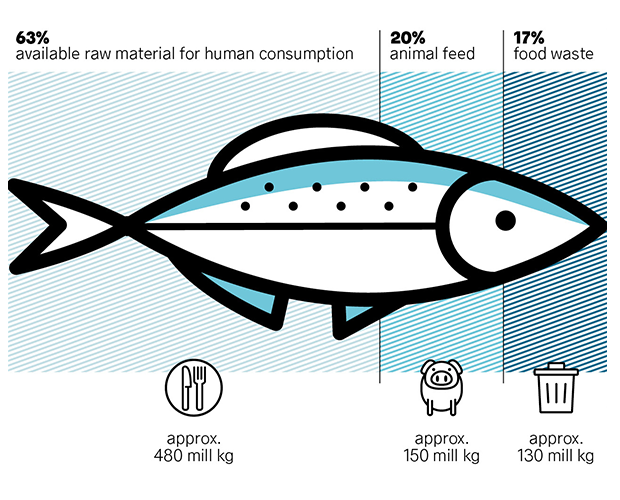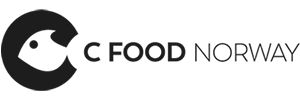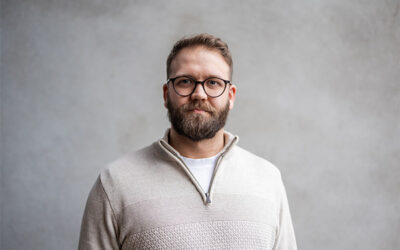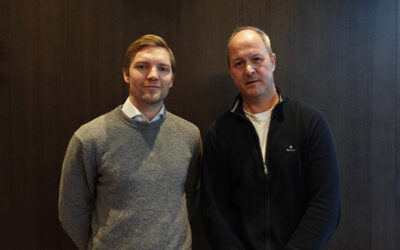From low value by-products to
high value human food
Norwegians have been fishermen for decades. They have been harvesting along elongated coast and out in the oceans. And the catch has been plentiful. We have become so well accustomed, that only parts of the catch have been used. There is a great potential to become more sustainable and create greater value from the resources. Everything we catch can be used!
Our vision.
We want to change the food future and the way blue food is consumed by utilizing 100% of the catch.
C Food Norway is one of the leading companies in the world finding value in the unutilized resources of by-products from whitefish. We have been operating in this niche since 2013 and are years ahead of our competitors. Our goal is to offer new choices of healthy, tasty, and sustainable seafood to give conscious consumers multiple options.
Our business is developed in close cooperation with trusted partners in Asia and Europe. C Food Norway challenges existing standards and ways of thinking in order to make the best products in the smartest way possible. We have already established value chains in cooperation with trusted business partners in Asia and Europe. The next step is to make strategic partnerships with tech companies supplying technology to the processing and conservation industry.
Our ambition.
Our team is constantly working to develop new seafood choices to a growing world population.
The challenge
Global protein demand increases.
• Global population is growing.
• Income growth allows more people to eat nutritious food with high protein content.
• The aging population increases the demand as healthy eating becomes more important as people grow older.
• Information about health benefits of consuming seafood is being promoted by global health authorities.
• By 2028 per capita fish consumption is estimated by FAO to be 21,3 kg (vs 20,6 in 2019).
• With the projected population growth, this gives increased demand of approx. 20 million tons seafood.
Limited growth potential in fisheries.
• The supply of wild fish has limited growth potential.
• The global catch of wild fish has not increased for many years.
• Aquaculture is not expected to fully compensate the gap.

The solution.
From food waste to human food.
• Seafood demand must be supplied through aquaculture and increased utilization of by-products from wild fisheries.
• Parts of the fish that currently are animal feed or waste will be transformed to new, sustainable, and tasty products.
• Potential to make 400 million new meals annually from existing catch in Norway alone.
Source: C Food Norway’s own estimates and Marint restråstoff 2018¨ SINTEF Ocean and Kontali Analyse.
Note: The estimation of 20% animal feed, refer to both Norwegian and International re-processing activities.




